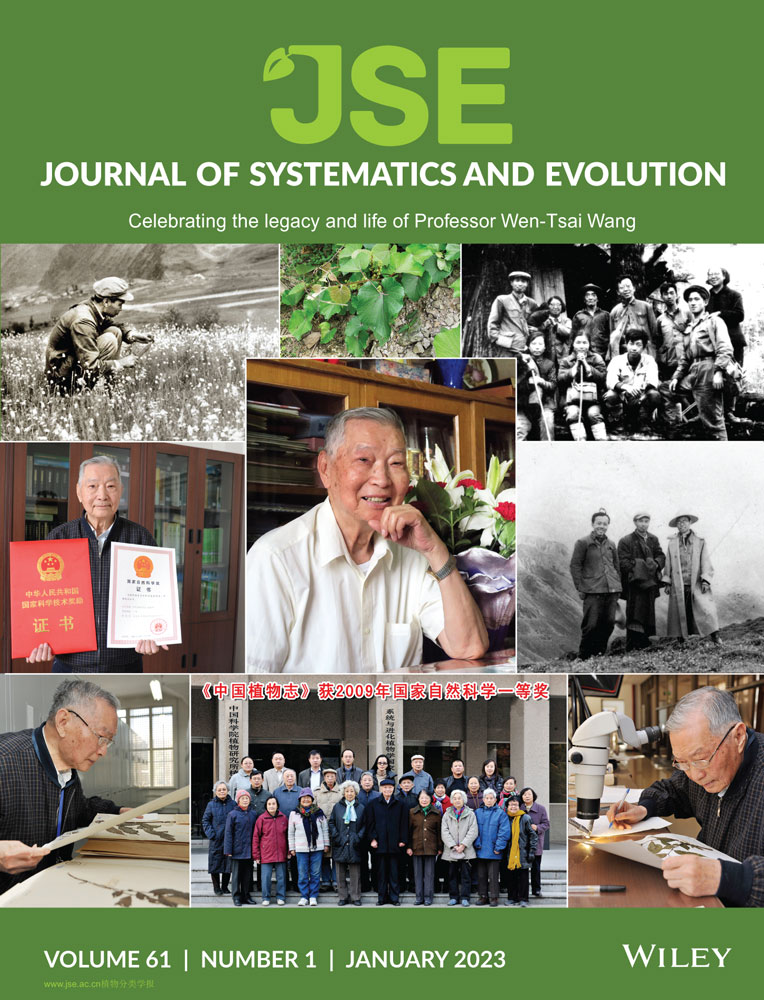

Professor Wen-Tsai Wang (June 5, 1926–November 16, 2022) was a legendary plant taxonomist in Institute of Botany of the Chinese Academy of Sciences (CAS). He made significant contributions to advance the understanding of the flora of China, biogeography of eastern Asia, and biodiversity research in the vast region of the Hengduan Mountains. He helped train several generations of plant taxonomists in China. Professor Wang was one of the most important participants of compiling the enormous 8-volume series Iconographia Cormophytorum Sinicorum. This book series has been widely used by scientific institutions, colleges and universities to train botanists and young students in biology throughout China and became the most important botanical classics from China. Professor Wang also published several important papers on distribution patterns and migration routes in the Eastern Asiatic Region and these papers have inspired many studies on eastern Asian biogeography. The two volumes on vascular plants of the Hengduan Mountains he edited documented all the plants collected in this vast region based on specimens made by Chinese and western collectors. This was a major achievement at the time when herbarium collections were not easily available online nor digitized. The completion of the two volumes set the foundation for systematic, biogeographic and conservation work in this vast evolutionary hotspot in Asia.
Professor Wang served as the Editor-in-Chief of Acta Phytotaxonomica Sinica (now Journal of Systematics and Evolution or JSE) for six years from 1982 to 1988. To honor Prof. Wang’s contributions to plant taxonomy, floristics and eastern Asian biogeography and his efforts to train the next-generation taxonomists, JSE herein publishes a virtual special issue to celebrate the life and legacy of Professor Wang.